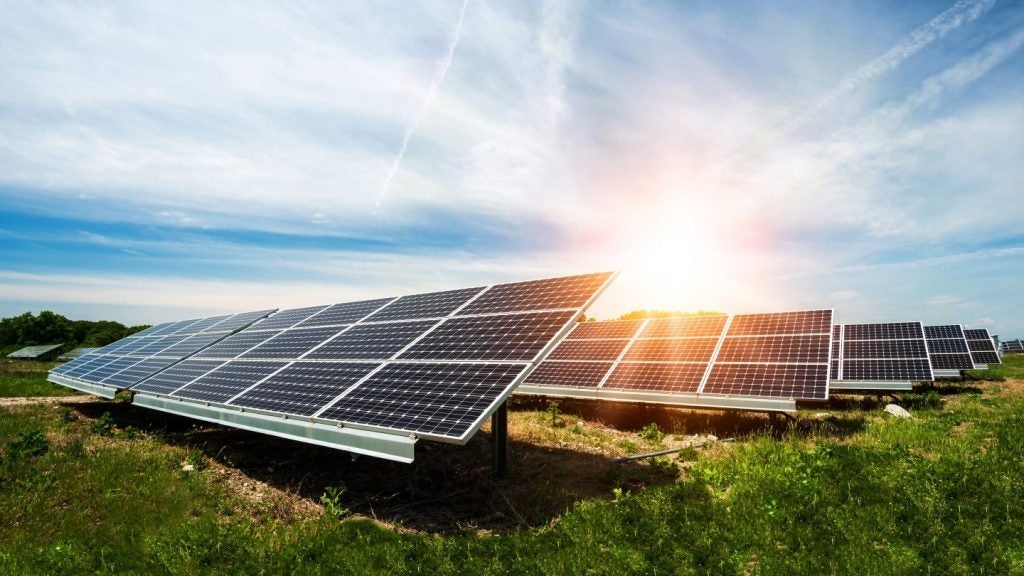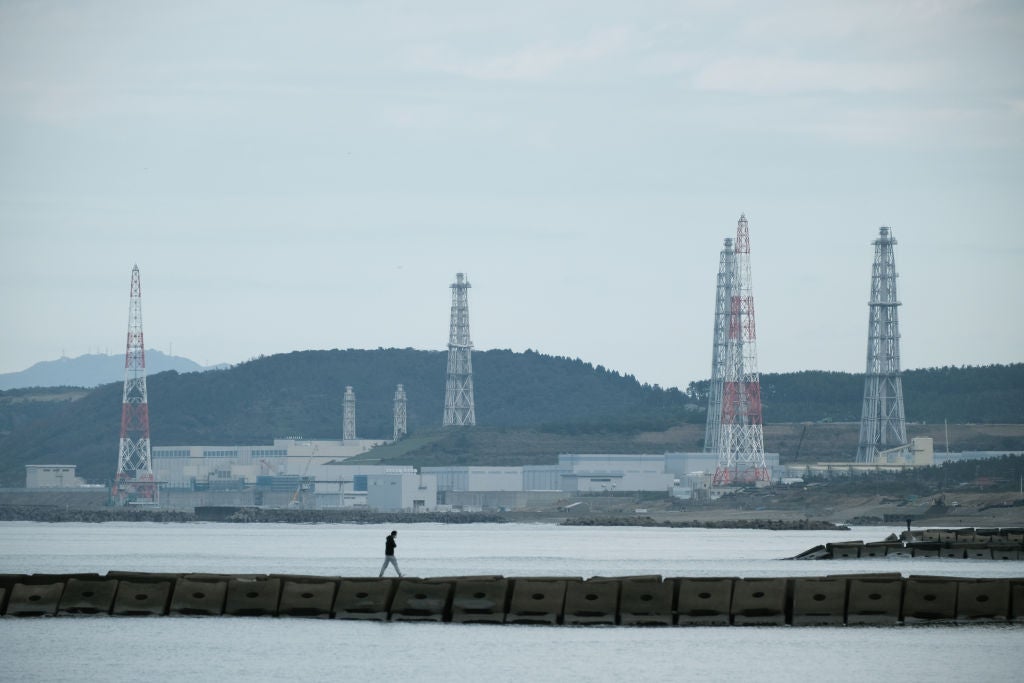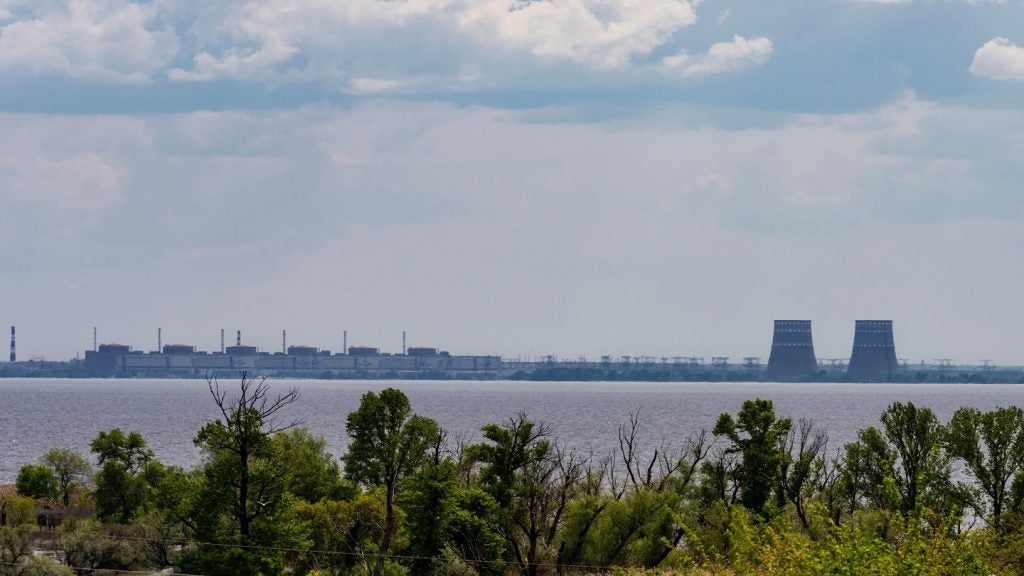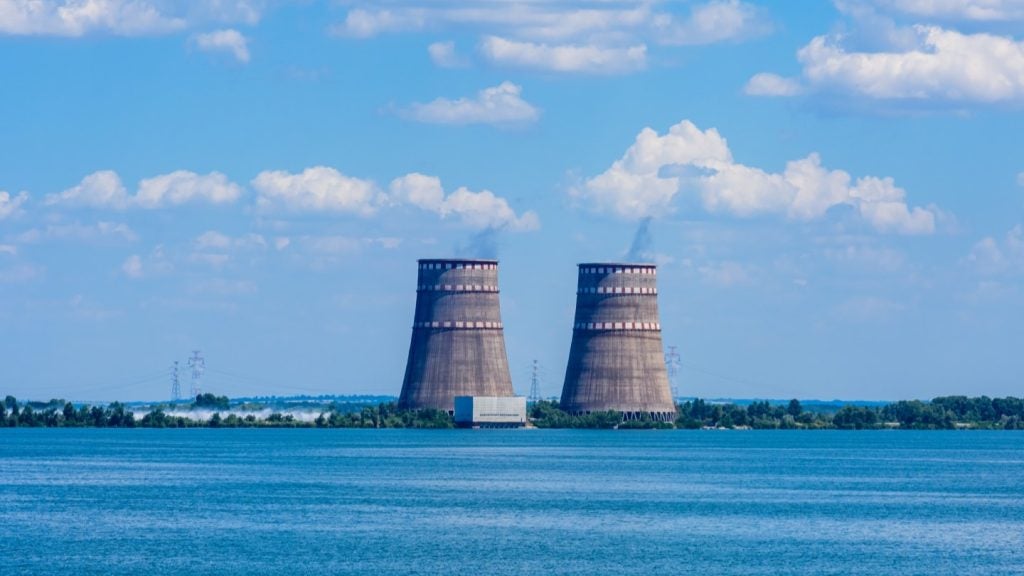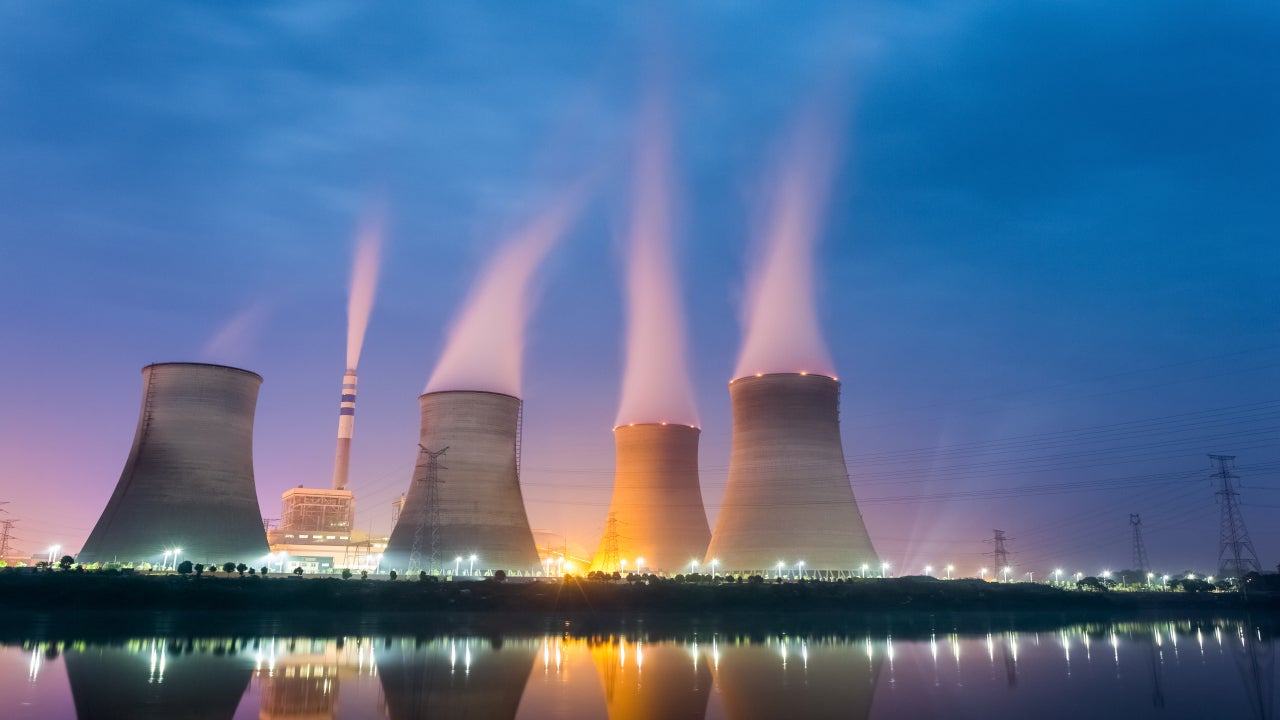
Nuclear power often gets left behind in the energy transition conversation. Nuclear fission can act as a reliable source of cheap power, but the high cost of constructing nuclear plants makes nuclear a difficult market to enter.
While nuclear energy produces no direct greenhouse gases, nuclear waste poses a unique problem. Although modern practices and international standards keep these risks to a minimum, public perceptions of nuclear make it a controversial power source.
Following the Fukushima disaster in 2011, Japan has moved to shut down its remaining nuclear plants. This also caused action in Germany, where a persistent anti-nuclear movement won its case to close all German nuclear plants by 2022.
Meanwhile, neighbouring France has become the world’s most nuclear-intensive country by far. Other larger countries generate more nuclear power, but France has based a much larger share of its generation on nuclear than any other country.
The potential of small modular nuclear reactors has drawn new interest to cheaper nuclear projects in future. Until then, here are the top ten countries with the most operational nuclear power capacity in 2021.
How well do you really know your competitors?
Access the most comprehensive Company Profiles on the market, powered by GlobalData. Save hours of research. Gain competitive edge.

Thank you!
Your download email will arrive shortly
Not ready to buy yet? Download a free sample
We are confident about the unique quality of our Company Profiles. However, we want you to make the most beneficial decision for your business, so we offer a free sample that you can download by submitting the below form
By GlobalData- United States - 91.5GW
- France - 61.3GW
- China - 50.8GW
- Japan - 31.7GW
- Russia - 29.6GW
- South Korea - 24.5GW
- Canada - 13.6GW
- Ukraine - 13.1GW
- United Kingdom - 8.9GW
- Spain - 7.1GW
1. United States - 91.5GW of nuclear generation

The United States has a total installed nuclear capacity of 91.5GW, generated by 93 reactors across 30 states. In 2019, the country used these to generate 843TWh; more than 30% of global nuclear energy production.
This represents 20% of the country's total electricity consumption, as the US relies more on natural gas and coal for power generation.
In the state of Georgia, two more reactors are under construction as part of the Vogtle project. These are expected to come online in 2022, after safety violations in the design of the first reactor caused delays.
Two old reactors, Indian Point 2 and Duane Arnold with a combined capacity of 1.5GW were shut down in 2020.
2. France - 61.3GW of nuclear generation

France generates approximately two-thirds of its electricity from nuclear sources, a larger share than any other country. This centralisation of nuclear expertise has helped lower nuclear costs in the country, and allowed it to generate approximately 17% of its electricity from recycled nuclear fuel.
France's connections to the European grid allow it to export more nuclear-generated electricity than any other country.
The country currently has 56 operational reactors that collectively generated 338.7TWh in 2020. The French Government has vowed to build more reactors to decarbonise its power generation by 2050. At the same time, it will shrink the share of nuclear energy in its mix to below 50% by 2035 by increasing its renewable generation.
In 2020, the country's two oldest nuclear units at the Fessenheim Power Station closed due to environmental concerns. These were originally expected to close with the opening of the new Flamanville 3 reactor, now due to begin operations in 2023.
3. China - 50.8GW of nuclear generation

A net installed capacity of 50.8GW makes China the third biggest nuclear energy-producing country in the world. China has 51 nuclear reactors, although nuclear plays a relatively small role in China's titanic energy system. Nuclear generated only 5% of Chinese electricity in 2019. In the same year, total nuclear power production reached 330TWh.
China's power system continues to expand rapidly, with 18 reactors currently under construction. These would add 17.2GW of generation to the country's power systems. Moreover, the construction of 39 nuclear reactors with a combined gross capacity of 43GW has been planned.
In January 2021, Chinese engineers celebrated the start of operations at the country's first third-generation pressurised water reactor. The Hualong One is China's first domestically-developed reactor, designed to be significantly more efficient than existing reactors. Authorities plan to build more of these in coming years.
4. Japan - 31.7GW of nuclear generation

Japan has 33 nuclear reactors in operation with a net installed capacity of 31.7 GW. while two reactors (Ohma 1 and Shimane 3) with a net capacity of 2.6GW are under construction.
Before the meltdown of the Fukushima Daiichi plant in March 2011, Japan derived approximately 30% of its power requirement from nuclear energy. At the time, Japan would have placed at number three on this list.
Following the incident, the Japanese Government temporarily paused all nuclear generation for two years. A new national nuclear regulator took over monitoring of plants, and introduced new checks and practices to prevent any new disasters.
During this time, decreased nuclear generation meant an increase in coal power and coal imports. The resulting environmental and economic effects proved unpopular, with the Japanese Business federation saying: "By stopping nuclear power plants, national wealth is flowing overseas."
Since then, generation has slowly resumed. Japan produced 65.7TWh of nuclear electricity in 2019.
5. Russia - 29.6GW of nuclear generation

Russia has 38 operating reactors with a combined net capacity of 29.6GW. At the same time, two more reactors with a combined net capacity of 2.3GW are under construction as part of the Kursk II project.
In 2019, Russia produced 195.5TWh of nuclear energy, which accounted for approximately 19.7% of its total electricity generated.
Before the establishment of modern Russia, the USSR was one of the original frontrunners of nuclear technology. Engineers constructed Soviet-designed reactors throughout much of Eastern Europe, and today Russia remains a world leader in fast neutron reactor technology
The state-owned nuclear power company, Rosatom, has hopes its Proryv Project will develop a closed nuclear fuel cycle, based on fast reactors, for industrial implementation on large scale.
6. South Korea - 24.5GW of nuclear generation

South Korea has 24 nuclear reactors in operation, with a combined 24.5GW capacity. Three of the country's four operational reactors lie in along the country's south-eastern coast, near the cities of Gyeongju, Ulsan, and Busan. The densely-populated region hosts several heavy manufacturing plants, causing relatively high electricity demand.
South Korea generated 146TWh of nuclear energy in 2019, while natural gas generated a similar amount. Each of these fuels generate approximately 25% of the country's total electricity, trailing behind coal's 42% dominance of the Korean energy market.
The nation has four nuclear reactors (Shin Hanul 1 and 2 and Shin Kori 5 and 6) under construction, with all four lying along the south-eastern coast. These will add 5.3GW of net capacity to the Korean grid when finished. Nuclear remains significantly popular in the country, with an opinion poll in September 2021 showing 72% of the population as supporting nuclear power generation.
7. Canada - 13.6GW of nuclear generation

Canada has a total of 19 operational nuclear reactors spread across four power plants, most of them located in the state of Ontario. Collectively, these give the country a net installed capacity of 13.6GW.
In 2019, Canada generated 94.9TWh of nuclear energy, which accounted for 14.9% of the country’s total power generation.
All the nuclear power plants in Canada feature Canadian Deuterium-Uranium (CANDU) reactors, which use pressurised heavy water as a coolant and moderator while using uranium as fuel.
8. Ukraine - 13.1GW of nuclear generation

Ukraine has 15 operable nuclear reactors with a combined net installed capacity of 13.1GW, while two reactors (Khmelnitski 3 and 4) are under construction. These pressurised heavy water reactors will provide a 2GW net capacity when completed.
Ukraine produced 78.1TWh of nuclear energy in 2019, which accounted for 53.9% of the total electricity produced in the country.
The country is highly dependent on nuclear energy and receives most of its nuclear fuel and services from Russia. Due to geopolitical disputes, the country proactively purchases fuel from US company Westinghouse to lessen its dependence on Russia.
9. United Kingdom - 8.9GW of nuclear generation

The UK has a combined net nuclear energy capacity of 8.9GW with 13 operational nuclear reactors. The country generated 51TWh of nuclear energy in 2019, which represented approximately 16% of the country’s total electricity output.
Construction has started on two new reactors at the operational Hinkley Point plant, with a planned combined capacity of 3.3GW. These would generate 7% of the country's current electricity requirements.
Approximately half of the country’s existing nuclear power reactors will be retired by 2035. The UK Government intends to support development of at least one new nuclear reactor. The legislation and funding surrounding this has caused a mixed reaction from nuclear developers, with several projects proposed and cancelled over the past few years.
10. Spain - 7.1GW of nuclear generation

Until recently, Sweden held the number 10 spot. Following the shutdown of its Ringhals 1 and 2 reactors, the country's installed nuclear capacity fell below that of Spain.
Nuclear currently generates approximately 22% of Spain's electricity. The country has an installed capacity of 7.1GW, generated by seven reactors. All of these first connected to the grid between 1983 and 1988, with little consideration to nuclear since.
However, government ministers have called nuclear plants "essential" to the country's energy grid and lifted limits to their operational lifespans. In 2020 and 2021, six of the country's seven reactors renewed their licenses for coming years. All of these would expire before 2035, the deadline for the Spanish Government's planned phaseout of nuclear power.
Announced in 2018, Spain's government said the plan to eliminate nuclear power was a "social decision", and that it would take decades to complete. Spain currently has three decommissioned reactors, and the wave of decommissionings would require significant nuclear decommissioning infrastructure in the country.



